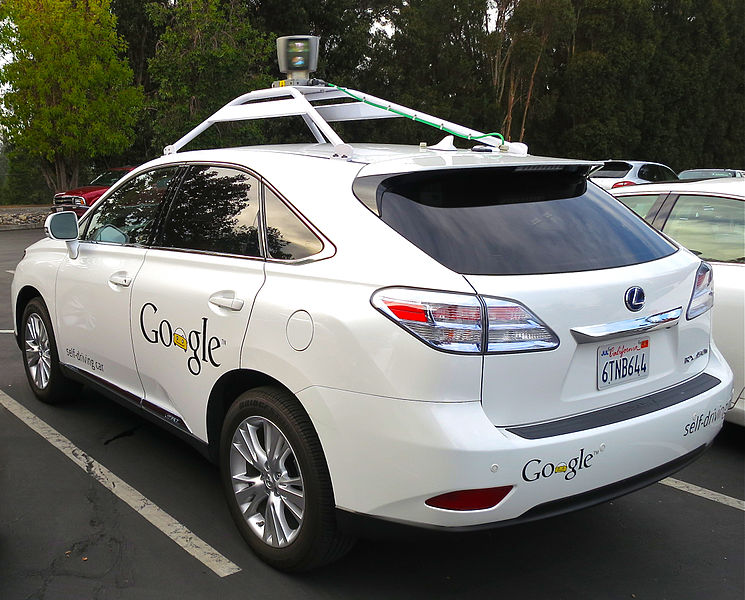Forget biopsies—a device designed by researchers at the University of California-Los Angeles detects oral cancer from a single drop of saliva. Proteins that are associated with cancer cells react with dyes on the sensor, emitting fluorescent light that can be detected with a microscope. Engineer Chih-Ming Ho notes that the same principle could be applied to make saliva-based diagnostic tests for many diseases.

A CHEAP saliva test that would reveal a patient’s likelihood of developing breast or prostate cancer could be part of a routine visit to the doctor within five years.
The news follows an international research project, involving more than 1,000 scientists, that analyzed the DNA of 200,000 people – half of them with cancer and half without. The study, the largest to look for the faulty DNA that drives cancer, identified more than 80 genetic markers that make people more susceptible to developing ovarian, breast and prostate cancer. Together the cancers affect almost 100,000 people a year in the UK, 26,000 of whom die prematurely.

A CHEAP saliva test that would reveal a patient’s likelihood of developing breast or prostate cancer could be part of a routine visit to the doctor within five years.
The news follows an international research project, involving more than 1,000 scientists, that analyzed the DNA of 200,000 people – half of them with cancer and half without. The study, the largest to look for the faulty DNA that drives cancer, identified more than 80 genetic markers that make people more susceptible to developing ovarian, breast and prostate cancer. Together the cancers affect almost 100,000 people a year in the UK, 26,000 of whom die prematurely.













